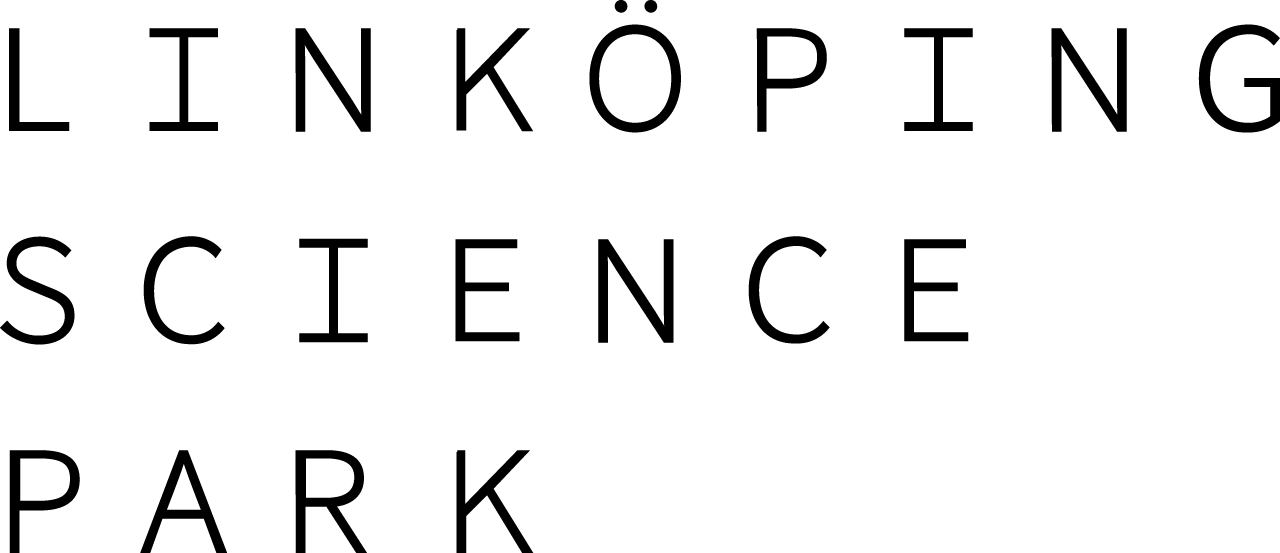Report from the project Safety-creating technologies conference.
– The sound of a spray can be shaken before it is used is very characteristic; by putting a microphone on the trains, we can detect when this happens, said Mattias Näsström from Östgötatrafiken at today’s conference on safety-creating technologies, as an example of how new technologies can be used for security measures.
The project “Safety-creating technologies” examines how new technology can contribute to increased security in the city beyond more camera surveillance. Linköping Municipality has commissioned Linköping Science Park to run the project with a consortium of stakeholders. The project involves technology-oriented companies, researchers, several municipal companies and the public transport company Östgötatrafiken. Linköping University and the research institute RISE are contributing research expertise, and technology-heavy companies such as Axis, Safe Reaction, Action for Society, Savantec, and Usify are contributing their expertise.

Kristina Madolova, Axis communications
– The project is a good example of how a science park can link research, entrepreneurs and society to explore how increased use of new technology contributes to societal development,” says Daniel Kullgard at Linköping Science Park.
The project focuses on the geographical areas around the central station in Linköping, the area people use to get there and parts of the inner city.
People’s experience of insecurity differs significantly over time, is different in different places, and is also an issue of equality. In simple terms, people are mainly afraid of people, rather than, for example, being hit in the head with a brick.
– Men are afraid of men in groups; women are so scared of lonely men,’ said Joakim Falkäng, project manager. ‘This means that women in particular change their behaviour and, for example, do not walk through the railway park towards the travel centre when it is dark.
The same applies to older people, LGBTQIA+ and people who have had previous traumatic experiences. Access to public space is not equal.
A central theme of the seminar was the ethical considerations surrounding the use of technology. Technology is not always good; it can invade our private space. Ethics, legislation, and regulation authorities are central to dealing with this.
During the seminar, several stakeholders shared lessons learnt from the project. Kristin Nenzén, Action For Society, talked about how they worked with a digital twin of Linköping to visualise security data. The digital twin becomes a kind of “information engine” to gather various perspectives on the safe city. It can visualise and simulate social security in a place, knowledge that contributes to creating security.
Among other things, Linköpings municipal property company Stångåstaden satisfied customer index has been compared with a range of demographic data, such as age, marital status, level of education, purchasing power, etc. This can then be compared with the attractiveness of the area. How is the area perceived? Where do different types of initiatives need to be implemented?
– Digital twins are a relevant way of exploring large datasets and provide a good basis for further work, said Kristin Nenzén.
Another dimension of urban safety is traffic. The company Utsikt has looked closer at unauthorised transport on Lilla Torget (also known as ‘Gyllentorget’), and at Storgatan. Lilla Torget is a pedestrianised area, and there are regulations on how transport to drop off goods should work.
The project has explored three different technologies: radar, a camera that only captures the vehicle registration number and a combination of radar and camera. With the help of an automatic register check, the vehicle’s authorisation can be checked, for example.
– The control is set up so that we do not register any sensitive personal data, but what we do is to identify whether it is a lorry, said Tommy Andersson from Utsikt.
The working method provides knowledge about how big the problem really is. In the future, the next step could be an activity where companies that do not behave properly are informed about the regulations that apply to influence their behaviour. However, several legal and ethical considerations need to be made.
Tomas Westlund from RISE also addressed the legal and ethical perspectives.
– “It should be difficult to do these things. I am proud of how seriously we take issues of personal integrity in Sweden,” he said. “Compare it to what it would be like in Russia or China, for example.
Tomas talked about experiments on how small, simple sensors that do not collect sensitive personal data can work together to provide a good overview of a situation. This can create security without increasing the feeling of surveillance. The project aims to use AI to combine several simple sensors to provide a camp overview that is, in many cases, comparable to camera surveillance. It is hoped that this part of the project will continue until 2026.
Kristina Madolova, Axis communication, showed examples of how intelligent cameras and sound detection in the Railway Park could increase security there. Considering the camera as a sensor instead of a device that records film opens up new opportunities to analyse data. Combined with, for example, a microphone that triggers the camera, events at a location can be logged without saving sensitive video material. The data from the camera are instead logs of events, such as “three people walked through the area at a certain time”, instead of a video showing the three people walking through the park.
Learn more about the project and the new technology. Listen to project leader Joakim Falkäng in the Linköping Science Park podcast Tech Ride (in Swedish).









